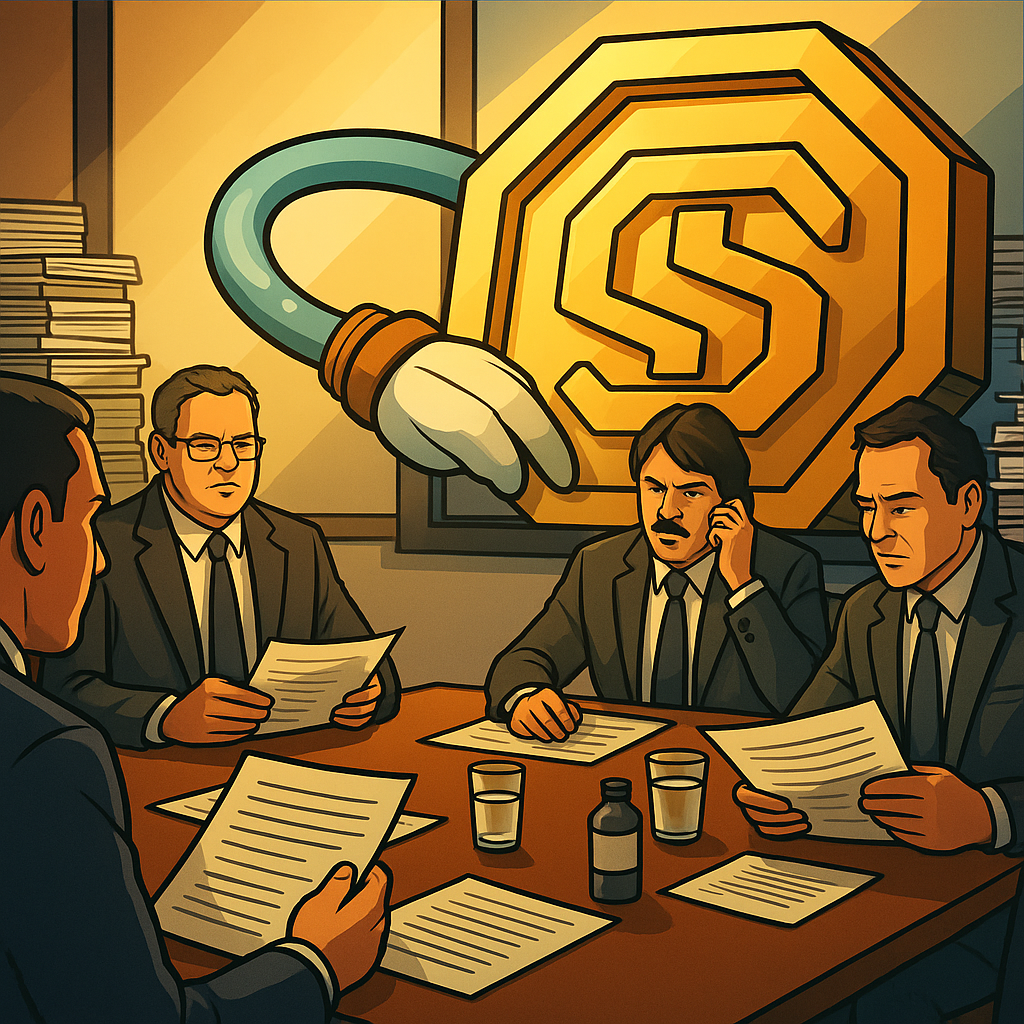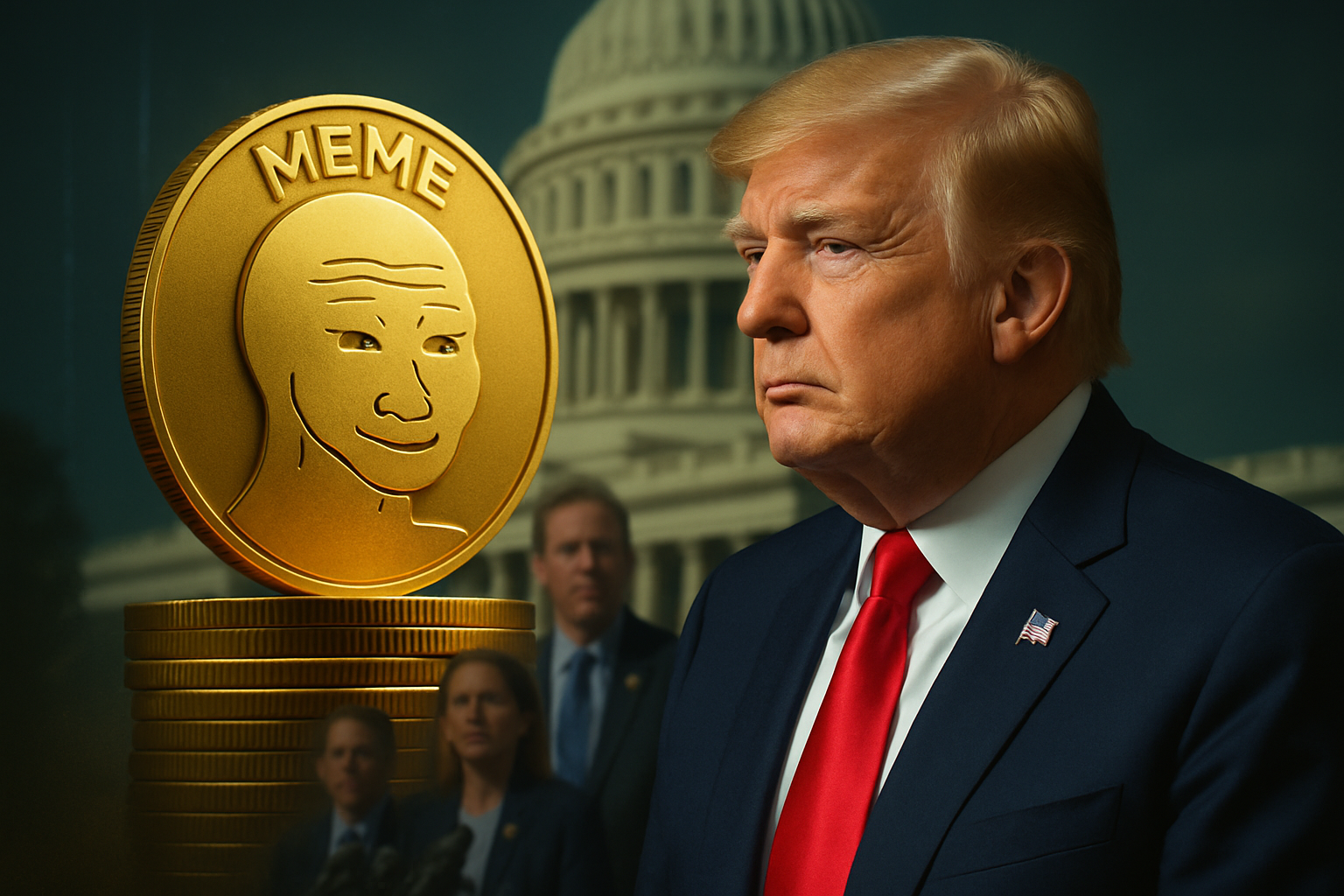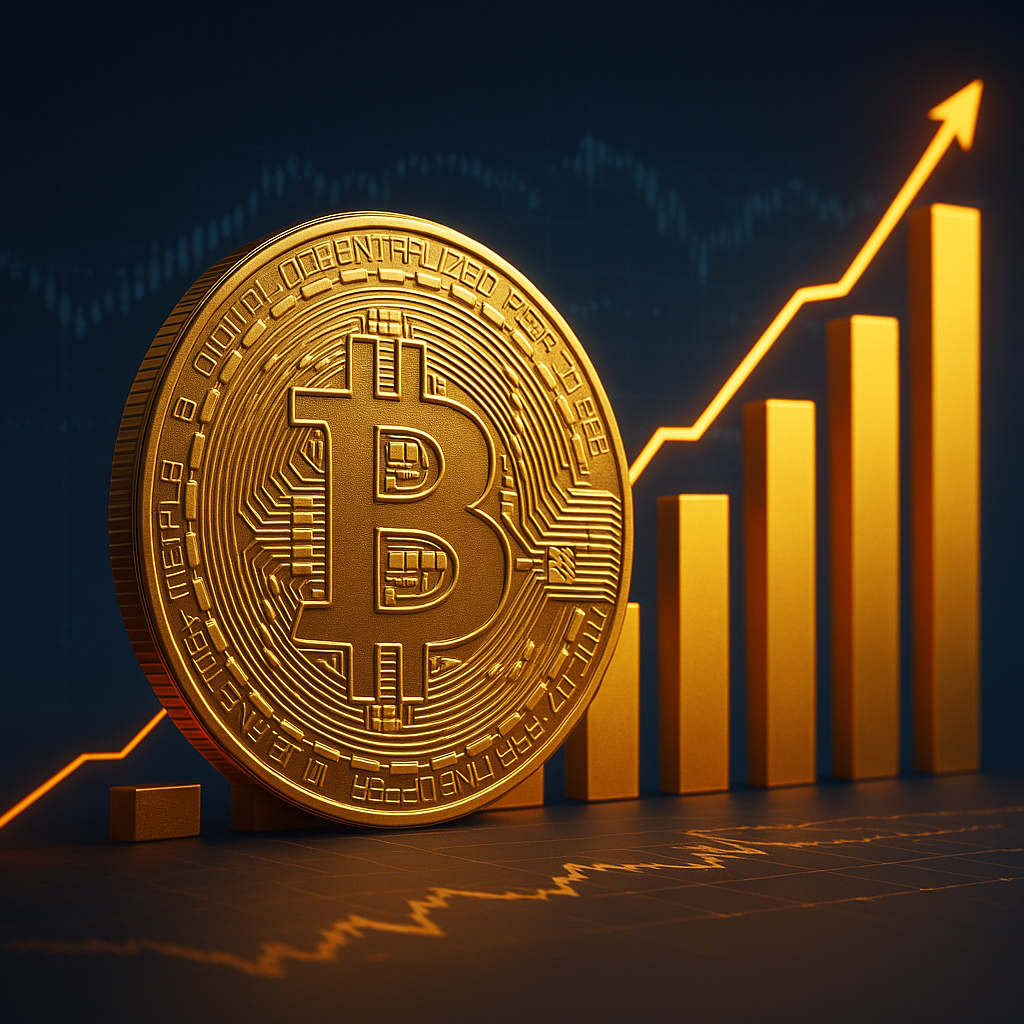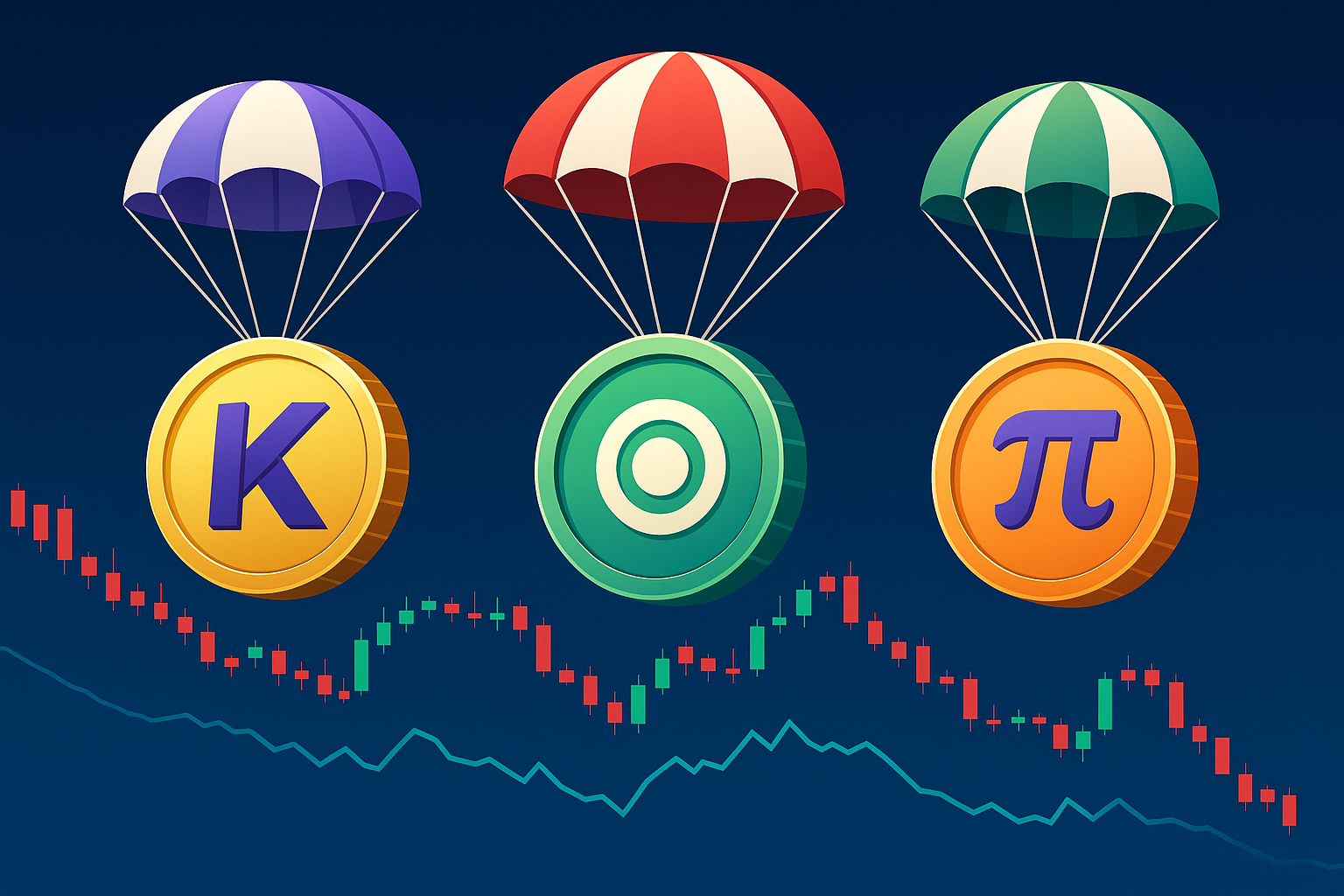Non-USD stablecoins adoption is accelerating rapidly as governments around the world seek alternatives to US dollar-pegged digital assets. At the Token2049 conference, Fireblocks’ head of policy, Dea Markova, emphasized this growing trend, describing it as “a sovereignty-driven movement” during an exclusive interview with a crypto journalist.
Countries such as Singapore are actively exploring stablecoin frameworks that free them from the dollar’s dominance. Although non-USD stablecoin markets still face limited liquidity, interest continues to rise. Markova compared the current momentum to previous conflicts between global governments and US payment giants like Visa and Mastercard.
“We’re now seeing a similar pattern emerge with stablecoins. While it remains smaller in scale for now, it is quickly becoming a new front in the fight for monetary sovereignty,” she stated.
Fireblocks Exec: Sovereignty Now Driving Global Demand for Non-Dollar Stablecoins
Markova also pointed out the rising regulatory pressure across regions like the European Union, where central banks are increasingly resisting dollar-linked stablecoins. “Even though they’re fully compliant and regulated, they’re still encountering significant pushback,” she explained.
As a result, the European Central Bank is ramping up efforts to launch a digital euro. Policymakers argue that dollar-denominated tokens pose systemic risks within the eurozone. Furthermore, the Bank of Italy supported this view in its April 29 report, warning that stablecoins backed by US Treasury bonds could expose the financial system to greater vulnerabilities.
At present, the stablecoin market remains heavily dominated by dollar-pegged assets. Tether’s USDT and Circle’s USDC together hold $210.9 billion in market value, which represents approximately 87% of the $241.8 billion total stablecoin market cap, according to DeFiLlama. In fact, all ten of the top stablecoins are still tied to the US dollar, presenting a major obstacle for non-USD stablecoins.
Nevertheless, Markova remains optimistic. She believes the shift is both necessary and inevitable. “Non-USD stablecoins are not just technical instruments. They are evolving into geopolitical tools that empower nations to reclaim financial agency,” she concluded.
UAE Emerges as Global Leader in Stablecoin Regulation, Says Fireblocks Exec
Meanwhile, the United Arab Emirates has emerged as a frontrunner in stablecoin regulation. According to Markova, the UAE stands out globally for its advanced regulatory mindset. “The UAE is definitely ahead in its regulatory thinking,” she asserted, citing Abu Dhabi’s open and pragmatic approach.
In contrast to Europe’s more restrictive model, which typically requires stablecoin issuers to be licensed or domiciled locally, Abu Dhabi adopts a more flexible strategy. Markova explained that regulators in Abu Dhabi perform their own due diligence on global stablecoins to determine whether local exchanges can list them.
“This approach is far more reasonable. It enables local businesses to access global liquidity and modernize their payment infrastructure,” she noted.
Moreover, this progressive policy has already yielded significant results. In December 2024, Abu Dhabi officially recognized Tether’s USDT as a virtual asset. On April 29, Circle also received regulatory approval to offer USDC in the region. At the same time, Abu Dhabi-based institutions are working collaboratively to develop a fully regulated, dirham-pegged stablecoin. This effort further underscores the UAE’s leadership in digital currency innovation.






